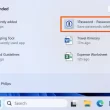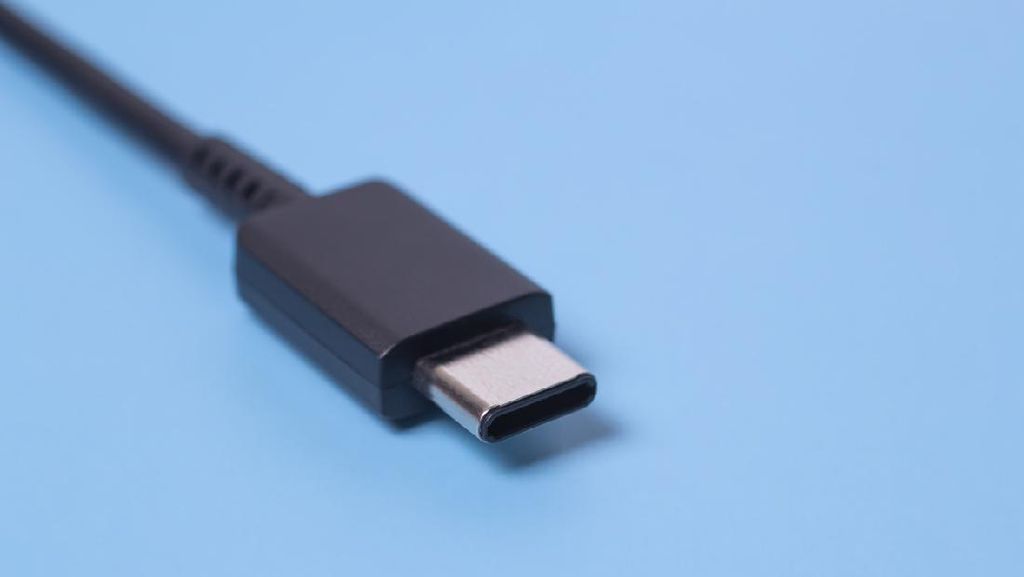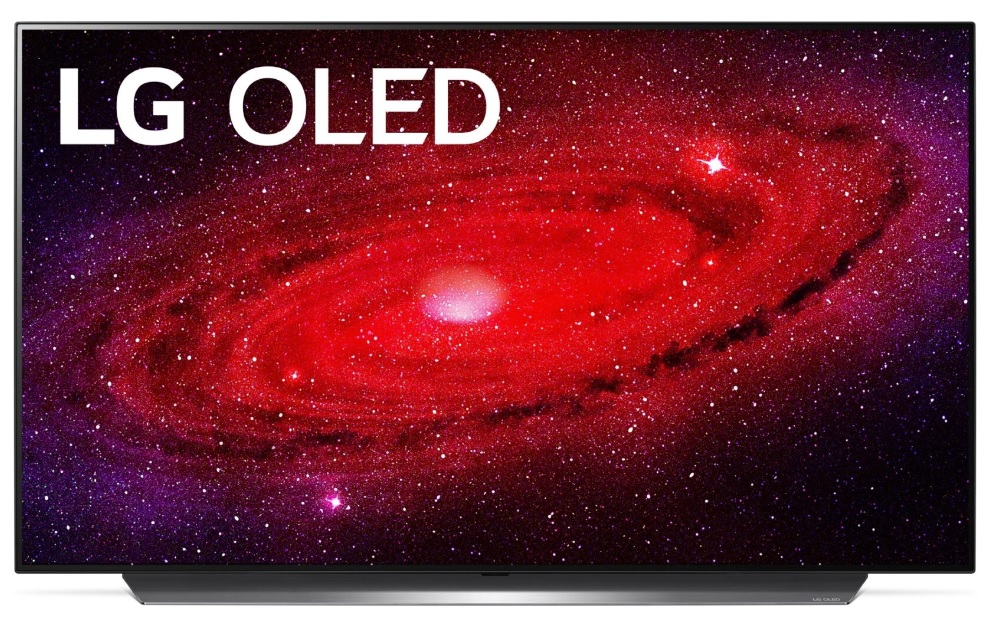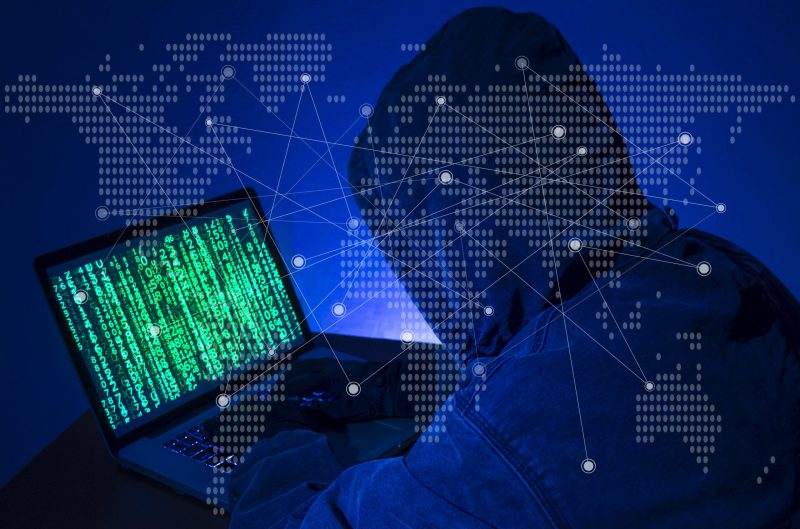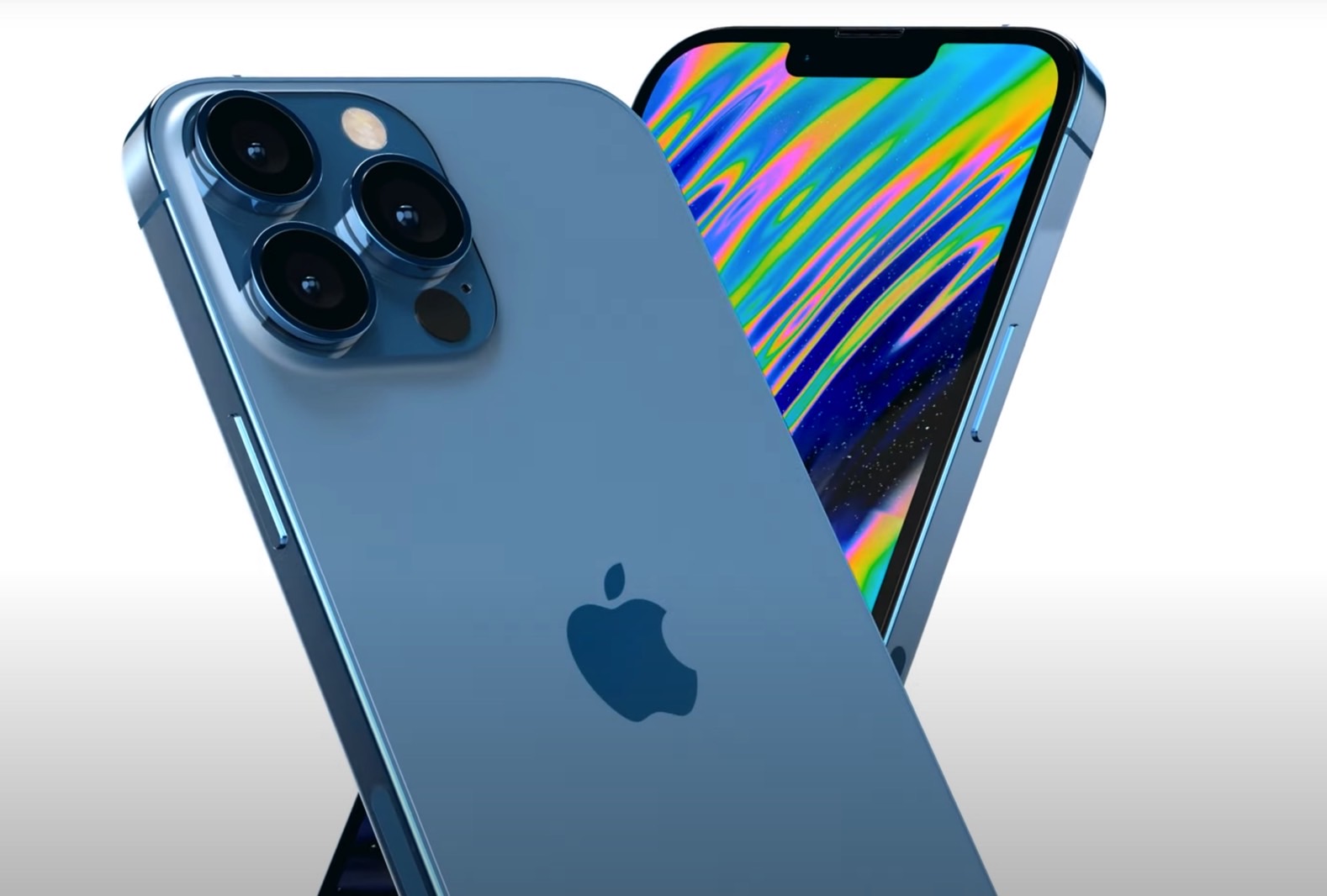With the introduction of USB-C, many current laptops come equipped with one or more USB-C ports. These ports serve various purposes, including data transfer, charging and connecting external devices. However, there are instances where USB-C ports may stop working due to loose connections, power-related issues, or driver problems. This comprehensive guide will provide you with several troubleshooting steps to fix USB-C issues on your laptop.
Check Port and Cable
One of the first things you should do is check the USB-C port and the cable you are using to ensure that everything is working properly. Perform the following steps to check for any issues with these components:
- Make sure the connection between the USB-C port and the cable is secure and that the cable is not broken in any place. Try reconnecting the cable to the port to account for loose connections. If your laptop has more than one USB-C port, it’s also a good idea to check if the USB device works with other ports.
- Additionally, try connecting the cable to another device, if applicable and see if it works. If the cable does not work anywhere, it is likely damaged and needs to be replaced.
- Use a flashlight to look inside the USB-C port and see if it’s clean. Check for any physical damage to the port, such as bent pins or a broken housing. If you notice any damage, it’s recommended to take your laptop to a support center to have the port replaced.
- Ensure that you are using a proper USB cable and port. USB-C is a common standard, but different cables and ports may have different power and other specifications depending on the manufacturer. It’s best to use the USB-C charger that came with your laptop. If you need to purchase a new charger, make sure it has a power delivery USB-C cable with appropriate power specifications. Additionally, check if the USB-C port you are using supports the functionalities required for specific USB-C cables or devices.
Check Power Conditions
USB-C devices may not work if there are power-related issues. To troubleshoot power conditions, follow these steps:
- Check your USB-C device and see if it comes with an additional power cable. If so, connect it to a power source.
- Connect your laptop to the AC charger if you haven’t done so already. In default situations, the AC charger provides more power to the laptop’s ports.
- Disconnect all other devices, especially USB devices, to ensure they don’t draw excessive power, potentially affecting the USB-C port’s functionality.
- If only the USB-C charger is not working, you can also refer to our article on “Laptop Plugged in but Not Charging” for additional troubleshooting steps.
Power Cycle the Laptop
Temporary issues can sometimes prevent USB-C ports from working properly, especially when the ports enter sleep mode but fail to wake up. Power cycling the laptop can help resolve such issues:
- Shut down your laptop and remove the power cable.
- Disconnect any peripheral devices from the laptop.
- If your laptop has a removable battery, take it out. If not, look for a pinhole on the back of the laptop with a crossed battery icon. Use a pin or paper clip to press the button inside the pinhole for a few seconds. This action disconnects the internal battery.
- Press and hold the power button for 20-30 seconds to drain all remaining charge.
- Reconnect the battery(if applicable) and the power cable. If you used the pinhole to disconnect the internal battery, connect the AC power cable to regain access to the battery.
- Power up your laptop and check if the USB-C ports are working properly.
Clean the USB-C Port
If the USB-C port is clogged with dirt, lint, or debris, it can obstruct the USB-C connectors from fully entering the port. Cleaning the port can help resolve this issue. Follow these steps to clean the USB-C port:
- Use compressed air or an aerosol spray to remove any dirt or debris from the USB-C port. Make sure not to shake the air can too much and clean the port from multiple angles.
- Check the port with a flashlight to ensure it is clean and free from any obstructions.
- If there is lint or gunk stuck inside the port, a more thorough cleaning is necessary.
- To clean stubborn debris, create a thin but reasonably firm pick using a piece of plastic, such as an old credit card. Be careful not to damage the USB-C pins or housing.
- Use the plastic pick to gently scrape off the lint or gunk from inside the port. If the debris is sticky, you can dip the plastic pick in contact cleaners like DeoxIT or WD-40 electronic cleaners to aid in the cleaning process.
- After cleaning, use the aerosol spray again to remove any remaining dust or particles.
Troubleshoot Driver Errors
Problems with the USB hub and controller drivers can also cause USB-C issues. Troubleshooting the drivers by updating or reinstalling them can help resolve this problem. Follow these steps to troubleshoot driver errors:
- Start by updating the USB drivers. Visit the official download page of your laptop manufacturer’s website and look for the latest drivers for all USB hubs and controllers. Some websites may also offer the option to automatically check for and download/update all necessary drivers.
- If the USB-C issues persist, it’s recommended to reinstall the drivers to address any bugs or conflicts. Older USB hardware drivers may also cause problems with newer drivers. Uninstalling them can free up space and prevent conflicts. To reinstall the drivers:
- Open the Run dialog by pressing the Windows key + R.
- Type “devmgmt.msc”(without quotes) and press Enter to open the Device Manager.
- In the Device Manager, select View > Show hidden devices from the menu.
- Expand the “Universal Serial Bus controllers” section.
- Right-click on each USB device, regardless of whether it’s grayed out or not and select “Uninstall device” > “Uninstall”.
- Open the Run dialog again.
- Type “cleanmgr”(without quotes) and press Enter to open the Disk Cleanup wizard.
- Set the Drive to the C drive and click OK.
- Select “Clean up system files”. Set the Drive to the C drive again and click OK.
- Look for “Device driver packages” in the list. If it has a size greater than zero bytes, check this option along with any other types of data you wish to clear up. Click OK > “Delete Files”.
- Go back to the Device Manager.
- Right-click on your computer(usually at the top of the device list) and select “Scan for hardware changes”.
Check Power Management Settings
Your laptop’s power management settings can affect USB-C devices. Some settings, such as USB Selective Suspend, save power by suspending USB ports when they are idle. However, in certain cases, the ports may not wake up properly. To address this issue:
- Open the Run dialog by pressing the Windows key + R.
- Type “powercfg.cpl”(without quotes) and press Enter to open the Power Options.
- Click on “Change plan settings” next to your current power plan.
- Go to “Change advanced power settings”.
- Expand “USB settings” and then “USB Selective suspend setting”.
- Set both options inside to “Disabled”.
- Click Apply and OK to save the changes.
- Open the Run dialog again.
- Type “devmgmt.msc”(without quotes) and press Enter to open the Device Manager.
- Expand “Universal Serial Bus controllers”.
- Right-click on each hub device and select “Properties”.
- Go to the “Power Management” tab and uncheck the option that says “Allow the computer to turn off this device to save power”. Click OK.
- After making these changes, restart your computer and check if USB-C starts working properly.
Conclusion
USB-C not working on your laptop can be a frustrating issue, but by following the troubleshooting steps outlined in this guide, you should be able to resolve the problem. Remember to check the port and cable, power cycle the laptop, clean the USB-C port, troubleshoot driver errors and adjust power management settings. By carefully going through these steps, you can troubleshoot and fix USB-C issues, ensuring that your laptop’s USB-C ports function properly.
Experiencing difficulties with your Device, check out our “How To” page on how to resolve some of these issues.


